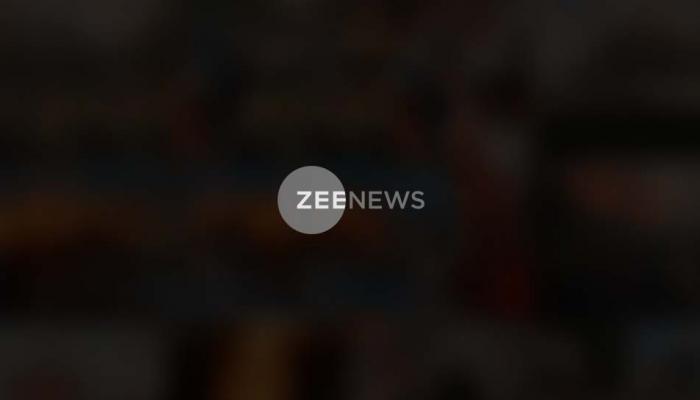RBI interest rate News
The Reserve Bank of India (RBI) has kept the repo rate (short-term lending rate) unchanged at 6.5 per cent since February 2023. The last time the RBI had reduced the rate was during the Covid times (May 2020) and thereafter, it was gradually raised to 6.5 per cent.
The RBI kept the repo rate unchanged at 6.5 percent in its August bi-monthly review amid risks from higher food inflation.
Last month, RBI Governor Shaktikanta Das had said the question of a change of stance on interest rate is quite premature given the gap between current inflation and the 4 per cent target.
In the MPC’s June resolution, real GDP growth for 2019-20 was projected at 7.0 percent – in the range of 6.4-6.7 percent for H1:2019-20 and 7.2-7.5 percent for H2 – with risks evenly balanced.
The move is expected to lead to reduction of lending rate by banks leading to lower EMI for housing, car loan and corporate borrowers. This is RBI's second monetary policy after Modi 2.0 took charge in May.
Here is the full text of RBI's second bi-monthly Monetary Policy statement for 2019-20.
The move is expected to lead to reduction of lending rate by banks leading to lower EMI for housing, car loan and corporate borrowers.
It can be noted that since Governor Shaktikanta Das has assumed office, the central bank has cut its key rates by a cumulative 0.50 percent as inflation ebbed.
The six-member Monetary Policy Committee (MPC) headed by RBI Governor Shaktikanta Das will start its three-day meet in Mumbai on Tuesday and announce the policy on February 7.
Suggestions come ahead of the sixth bi-monthly monetary policy statement for 2018-19 scheduled to be announced on February 7.
The RBI's monetary policy review is slated in February.
Five out of the six-member Monetary Policy Committee (MPC) voted in favour of keeping the repo rate unchanged at 6.50 percent and the reverse repo rate at 6.25 percent.
Five out of the six-member Monetary Policy Committee (MPC) voted in favour of keeping the repo rate unchanged.
Anticipation of a rate hike has increased in the past month as oil prices climbed, the rupee`s slide accelerated and concerns on liquidity emerged.
In June, the repo rate, or the benchmark lending rate, was raised for the first time in over four years, by 25 basis points to 6.25 percent.
It was also leaning towards hawkishness, which was a view shared by a majority of watchers.
The ministry, however, welcomed the initiative with regard to Peer to Peer (P2P) NBFC financing regulation, saying it would benefit smaller firm.
While an interest rate cut would be welcomed by corporates, it's unlikely to be sufficient to meaningfully rekindle investment activity.
India urgently needs to regain the level of growth it witnessed since 2003 and a lot needs to be done including an urgent resolution of bad loans, which seems to have begun. But, avoiding an unnecessary hawkish stance by the RBI would supplement government efforts in reviving investor sentiments.
The Reserve Bank of India is likely to keep interest rates unchanged at a review on June 7, but with inflation well below target its policy statement is likely to sound less hawkish than when the monetary policy committee last met.
Loading...



)
)
)
)
)
)
)
)
)
)
)
)
)
)
)
)
)
)
)
)
)
)
)
)
)
)
)
)
)
)
